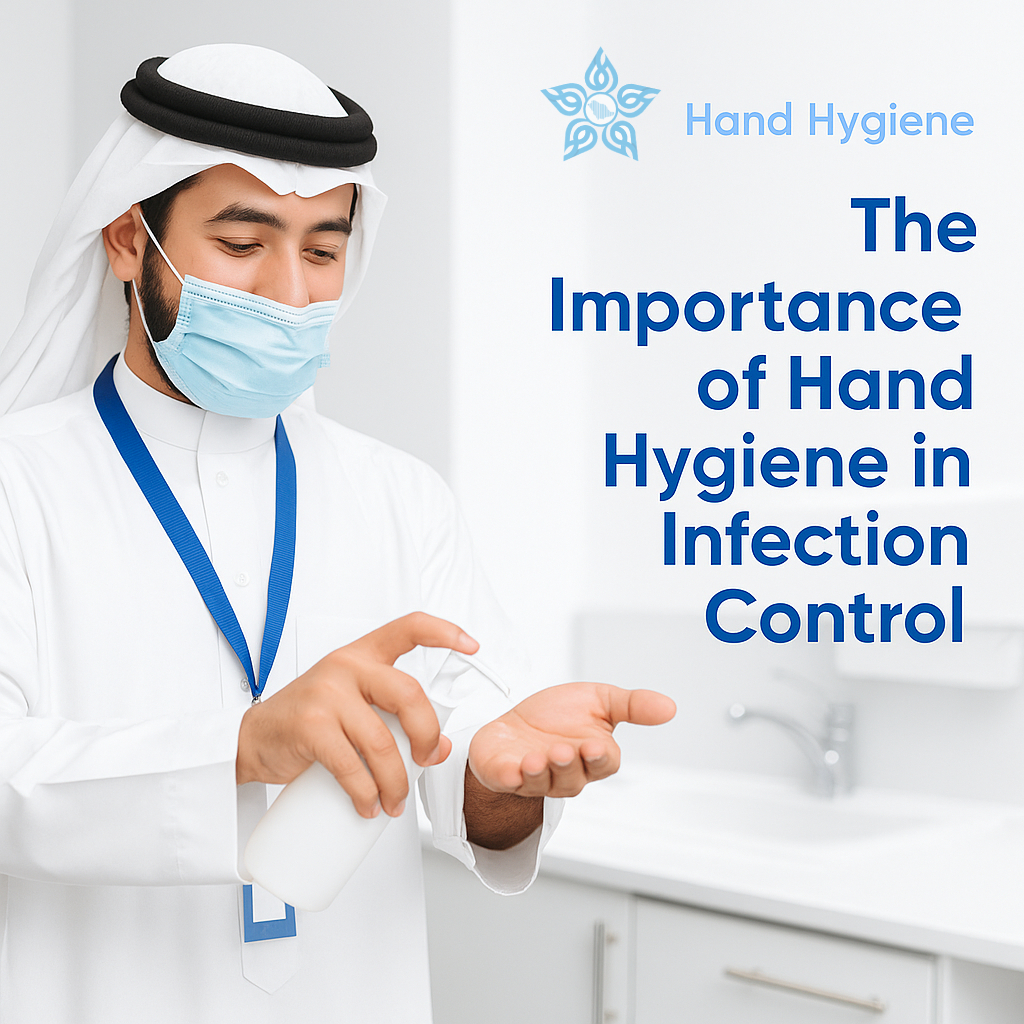Introduction
In healthcare settings, where lives depend on precision and safety, hand hygiene stands as a frontline defense against infection transmission. Despite its simplicity, it remains one of the most powerful and cost-effective methods to reduce healthcare-associated infections (HAIs).
Why Hand Hygiene Matters
The human hand is the primary mode of transmitting pathogens. From touching contaminated surfaces to direct patient contact, hands can carry viruses, bacteria, and other microorganisms that pose serious threats—especially in environments dealing with immunocompromised individuals.
According to the World Health Organization (WHO), proper hand hygiene can prevent up to 50% of infections acquired during healthcare delivery. It’s not just about compliance — it’s about responsibility and accountability.
When Should Hand Hygiene Be Performed?
The WHO recommends the “Five Moments for Hand Hygiene”, which every healthcare professional should follow:
-
Before touching a patient
-
Before clean/aseptic procedures
-
After exposure to body fluids or risk thereof
-
After touching a patient
-
After touching patient surroundings
These critical moments ensure that hand hygiene is done not randomly, but strategically, minimizing risk during high-transmission situations.
Methods of Hand Hygiene
There are two main techniques:
-
Alcohol-Based Hand Rub (ABHR): Fast, effective, and widely accessible. Should contain at least 60–70% alcohol.
-
Handwashing with Soap and Water: Required when hands are visibly dirty or after contact with certain pathogens like Clostridium difficile.
Both methods, when done correctly, reduce microbial load significantly and are essential parts of any infection prevention strategy.
Common Mistakes to Avoid
Even trained professionals can slip into bad habits. Some of the most common errors include:
-
Not covering all hand surfaces (thumbs, fingertips, between fingers)
-
Not allowing alcohol to dry completely
-
Washing hands too quickly (less than 20 seconds)
Effective hand hygiene takes intention, not just routine.
Creating a Culture of Hygiene
It’s not enough to train individuals — institutions must build a culture where hand hygiene is non-negotiable. This involves:
-
Continuous education and refreshers
-
Readily available hygiene stations
-
Visual reminders (posters, digital signs)
-
Leadership by example
In environments where hygiene is prioritized, infection rates drop and trust increases among patients and staff alike.
Conclusion
Hand hygiene is more than just a rule—it’s a professional standard and ethical duty. Every hand wash is a decision to protect lives, uphold safety, and demonstrate professionalism in its purest form.
Clean hands save lives. And in healthcare, every life matters.


